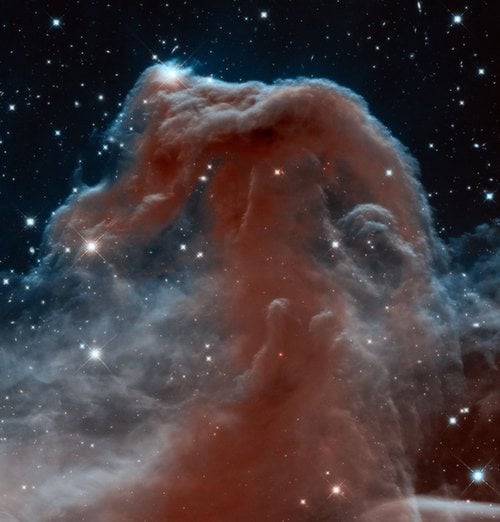
This is a new image of the Horsehead Nebula, much clearer than the previous ones. This is because the region is shown in infrared light as opposed to visible light. Source: Space Telescope
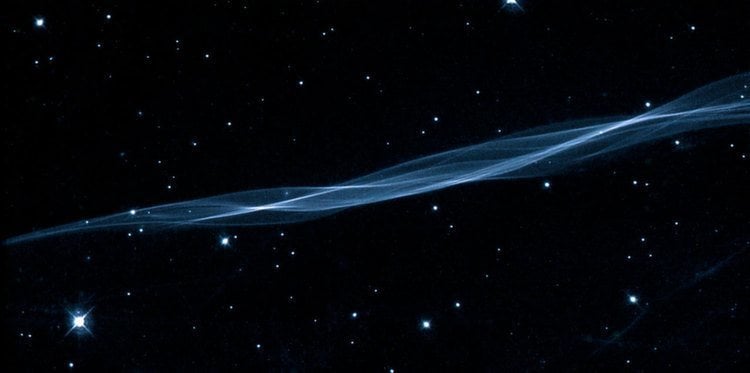
The Cygnus Loop is a supernova remnant nebula. As the name implies, it has been formed as the result of a massive star supernova that happened very recently in space terms – about 5,000 years ago. Source: Space Telescope
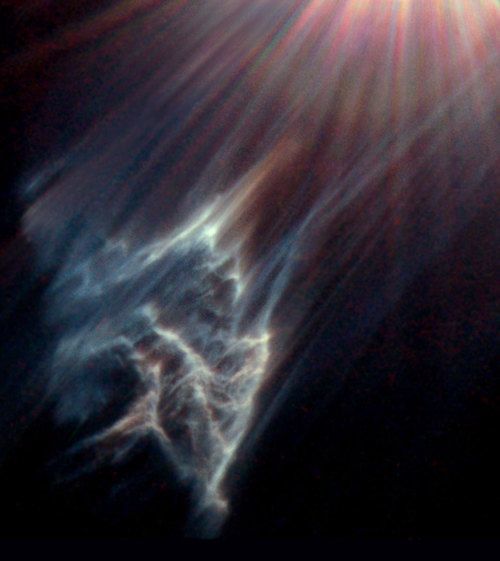
Located in the Pleiades, this is a reflection nebula, one of the eeriest objects in space. A reflection nebula doesn’t emit a lot of light, but it’s located next to a bright star (Merope, in this case) and reflects light from that. The result is a hauntingly beautiful sight. Source: Space Telescope
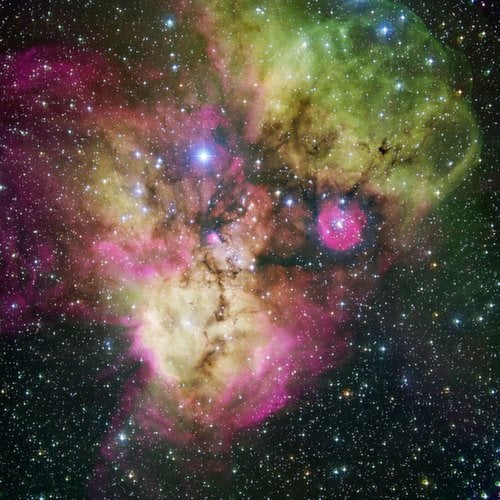
Not all nebulae have colorful names. NGC 2467 is located in the constellation known as The Stern and it’s fairly young. Only a few million years old, the nebula is a prime location for continuous activity, and mainly new stars are being formed. Source: European Space Organization
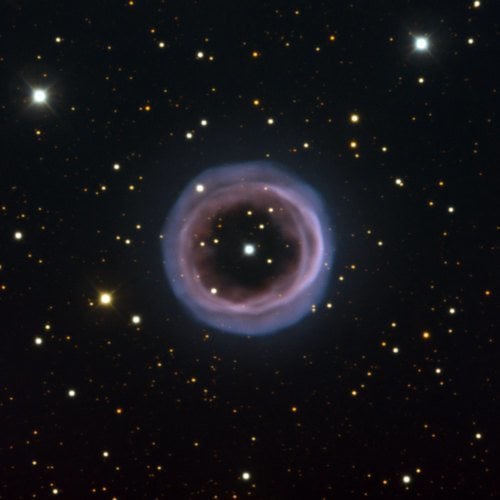
The Fine Ring Nebula is pretty bizarre for a planetary nebula. Most nebulae of this type are elliptical or spherical in shape, but this one is almost a perfect circle. It is thought that this is because it was born from a binary system, not a single star. Source: Space Telescope
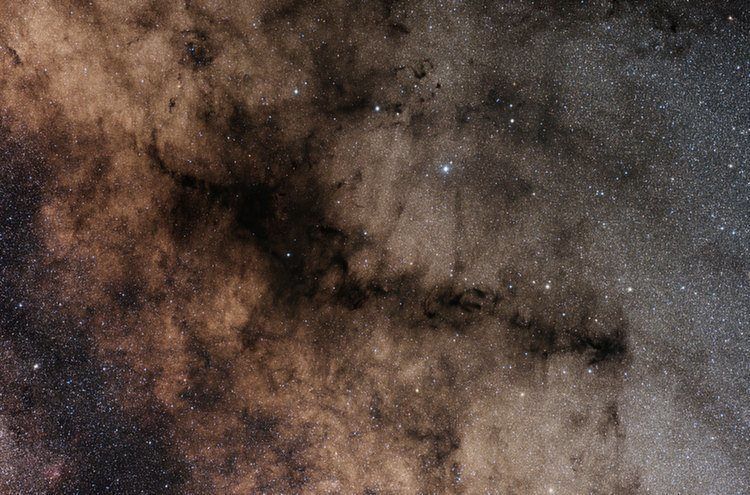
The Pipe Nebula owes its name to its unusual shape. It is a dark spot made mostly from dust that can obscure a lot of stars in the Milky Way. Source: European Space Organization
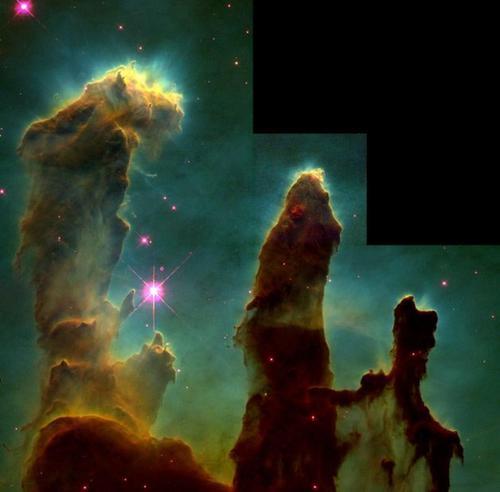
The Pillars of Creation, a famous photograph depicting three gas pillars in the Eagle Nebula 7,000 light-years from our planet. Some astronomers claim that the pillars have already been destroyed by a supernova – we just haven’t seen it yet. Source: Space Telescope
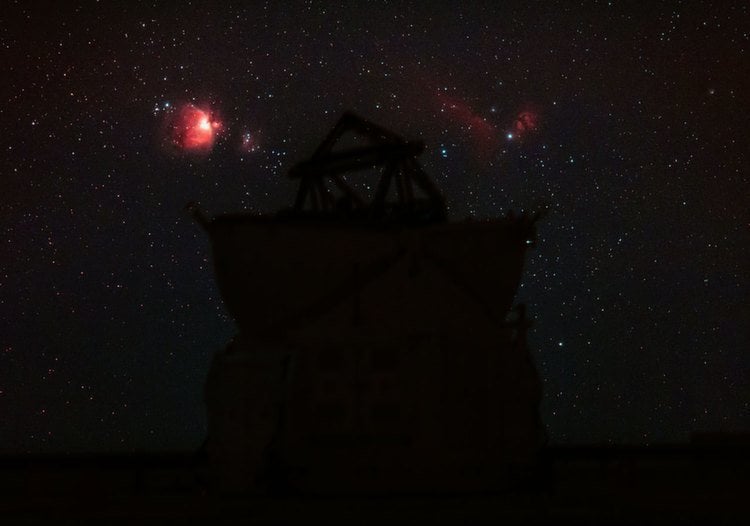
Go to the right place and nebulae are visible to the naked eye. That’s Orion and the Horsehead Nebula seen from the Paranal Observatory in Chile. Source: European Space Organization
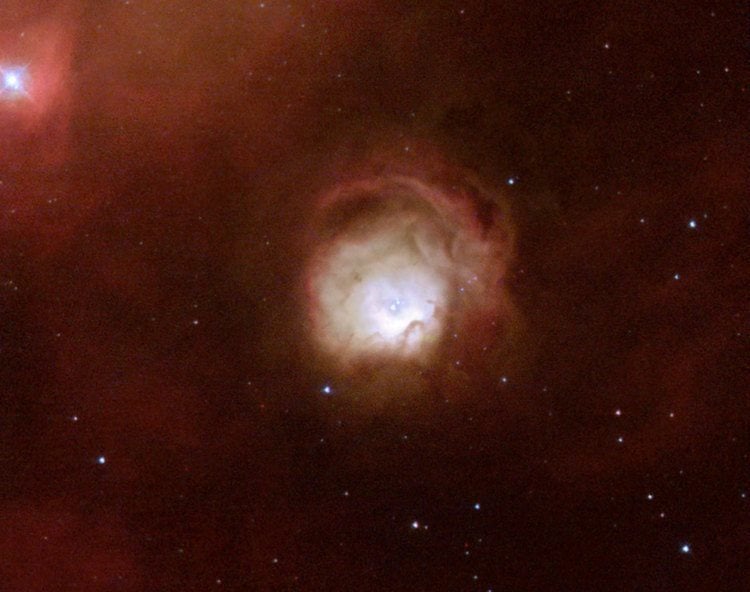
Nebula N 11A is even further – 170,000 light-years. Some say it resembles a rose in bloom. Source: Space Telescope
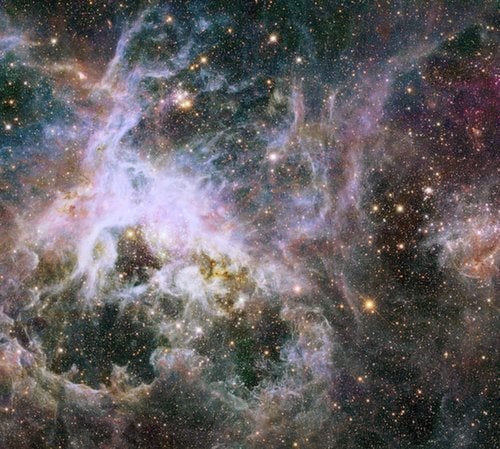
Located 150,000 light-years away, the Tarantula Nebula is supposed to resemble its namesake. I don’t see it. Source: Space Telescope
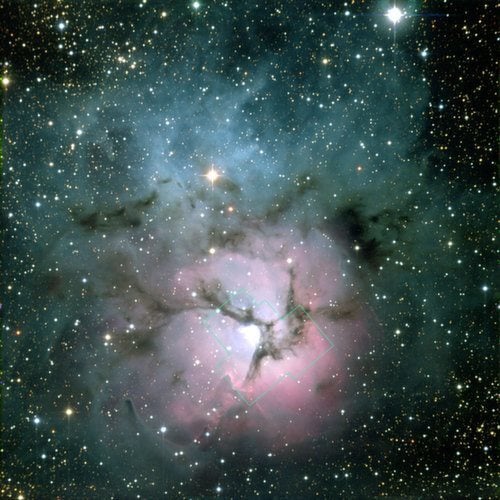
Located just 9,000 light-years away from us, the Trifid Nebula is a prime location for birthing new stars. Source: Space Telescope
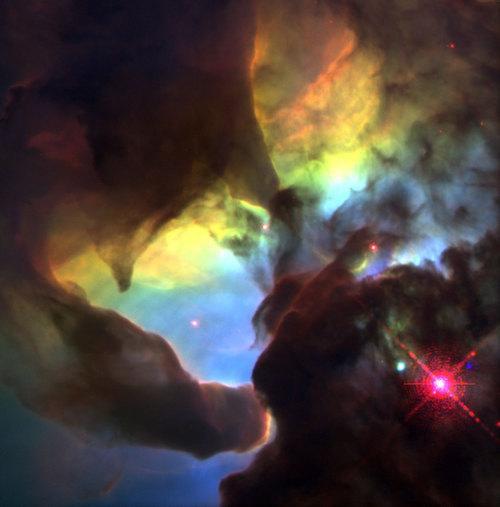
The Lagoon Nebula is about 5,000 light-years away and these bizarre twisters are right in the center of it. Source: Space Telescope





